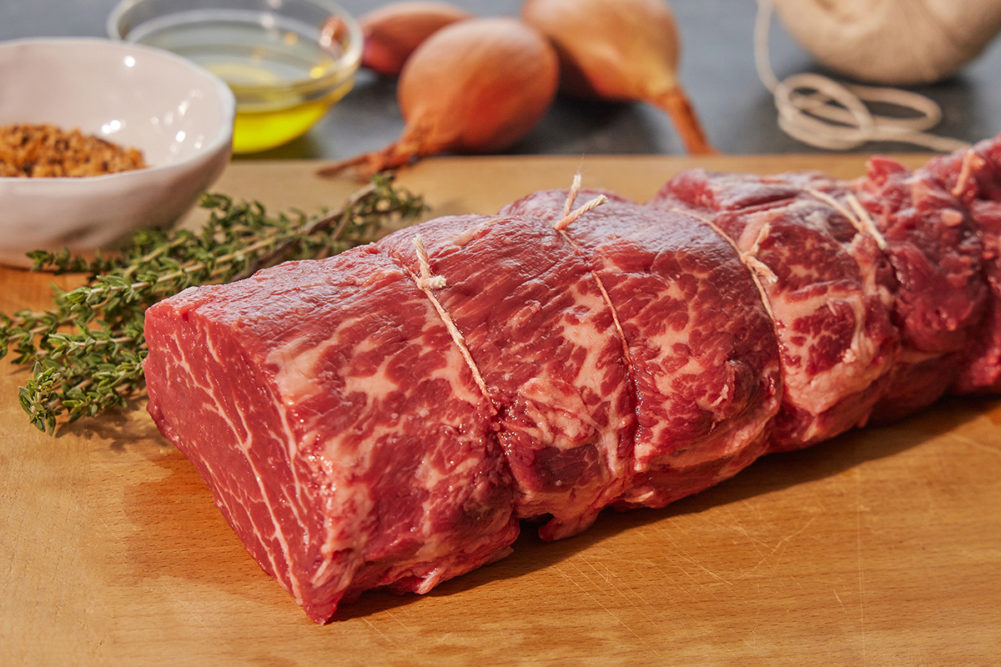Pete Lewis, chief marketing officer of Gordon, Ne.-based Open Range Beef, calls the modern feed-lot system the “great equalizer” when it comes to flavor.
Grass-fed’s flavor, by contrast, is dependent on a variety of factors: the quality of the pastures the animal was raised on, how well the breed genetics are adapted to perform on grass, and the skill of the rancher raising it.
Because of this, Lewis said, grass-fed’s flavor is inherently more variable compared to conventional commodity beef.
“There is exceptional grass-fed beef and there is also some that is not as enjoyable. Think of commodity beef as Budweiser whereas grass-fed beef is micro-brewed.”
Most grass-fed beef tends to be leaner because grass and forage — things naturally suited for a cow's digestive system — are lower in calories than corn, soy, and other by-products fed to conventional beef. Not to mention, a lifetime of pasture grazing means a lifetime of healthy muscle movement, unlike confined cattle.
Consumers typically prefer a more marbled product, Lewis said. However, while fat provides much of a steak’s flavor and texture, it’s important to remember that all fat is not created equal.
“The marbling created by conventional feed often produces a sweeter, one-dimensional flavor than the fat on grass-fed, which is produced by a variety of grasses and forage reflecting the terroir of the pasture it was grazed on, resulting in a flavor that can be described as meatier and multi-dimensional.”
Open Range Beef’s approach to grass-fed beef production starts with a focus on soil health to maintain and enrich the verdant native pastureland of the Nebraska Sandhills’ more than 700 species of grasses, said Tim Goodnight, the company’s vice president.
That means using regenerative techniques informed by ongoing measurement.
“In the wine industry, refractometers are used to measure grapes’ brix level to gauge the maturation of the grapes towards harvest,” Goodnight said. “Similarly, we use them to assess the development of a pasture in terms of the nutrient availability to cattle and use it – along with many other factors – (to determine) where we will graze the herd.”
By inputting what the company gathers on soil nutrients, plus images of the pasture’s grass species before and after grazing into its AgriWebb platform, Open Range Beef is able to measure the impact to soil quality and plant diversity over time, enabling the company to improve its beef’s quality and flavor.
The proof is in the pudding, and grocers including Kowalski’s, Heinen’s, Bristol Farms, and Eataly are all happy with their Open Range Beef Spring Lake Ranch-branded programs, Lewis said.
“What has really given us confidence that Spring Lake Ranch is some of the best tasting beef you’ll ever eat – grass-fed or grain-fed – is that leading premium, high-quality grocers have embraced our program,” he said. “We’re not a ‘We have grass-fed beef too’ product for them: they view it as an important component to their meat department’s signature offerings along with wagyu and/or prime.”
This article is an excerpt from the October 2023 issue of Supermarket Perimeter. You can read the entire Grass-fed feature and more in the digital edition here.

